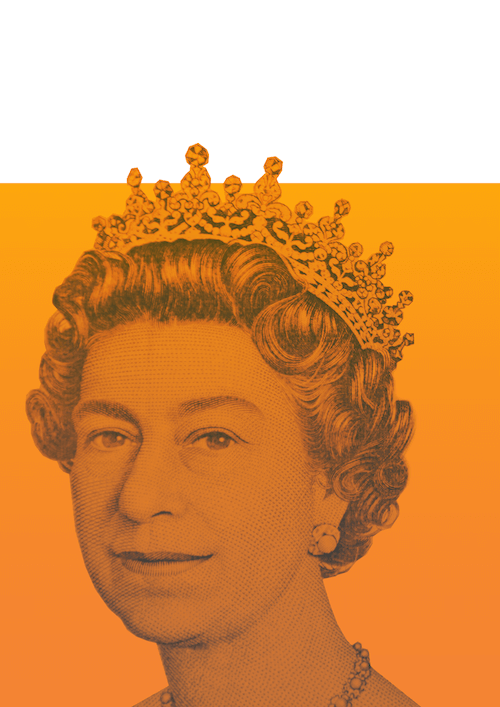


The British Pound Q1 Fundamental Forecast
The British Pound enjoyed a strong last quarter of the year, especially against the US dollar, as the memory of the past UK government is priced out of the market. Sterling however is now at levels that require domestic action to push it higher and unless further, firm steps are taken to boost growth and lower inflation, then the British Pound may struggle to make further gains in the months ahead.
Chart of GBPUSD Daily

Source: Tradingview.com
The latest Chancellor of the Exchequer, Jeremy Hunt, is confronting a host of the same issues faced by his predecessors, namely sky-high inflation and stagnating growth. Add into the balance a resilient job market, a still shaky political backdrop, and a raft of strikes across the UK, and the occupants of No10 and No11 Downing Street have their hands full over the coming months. So far the markets have given both the PM and the Chancellor a chance to prove themselves and Sterling and gilts have performed accordingly. Financial markets though can be unforgiving and any sign of weakness, or backtracking, by either will see Sterling fall and UK borrowing costs rise again.
Chart of UK 10-Year Government Bond Yield Daily

Source: Tradingview.com
The latest Office for National Statistics data shows price pressures in the UK beginning to dissipate but at a relatively slow pace. Headline UK inflation, annualized, fell to 10.7% from 11.1% in October (the highest level in over four decades), while core inflation fell to 6.3% from 6.5%. Both drops will be welcomed by the government but the outright levels are still far too high and continue to squeeze the consumer. The latest BoE projections see inflation falling gradually over the coming quarter but the central bank’s 2% target is not expected to be hit for many quarters.
Chart of Bank of England Benchmark Rate

Source: TradingEconomics.com
The Bank of England (BoE) continues to raise interest rates in an effort to choke off inflation, although various members of the MPC have differing views on how to solve the stagnating growth vs inflation dilemma. The latest BoE rate hike of 50 basis points to 3.5% was voted by a majority of 6-3 with two members preferring the bank rate to remain at 3%, while one member voted for a 75 basis point increase to 3.75%. With UK growth expected to slow further in the coming quarters, and with a split on the MPC becoming more visible, the central bank may be running out of room to hike rates further into 2023. The MPC highlighted in the latest policy decision that there were ‘considerable uncertainties around the outlook’ for the UK, and the Chancellor needs to listen carefully to the central bank.



